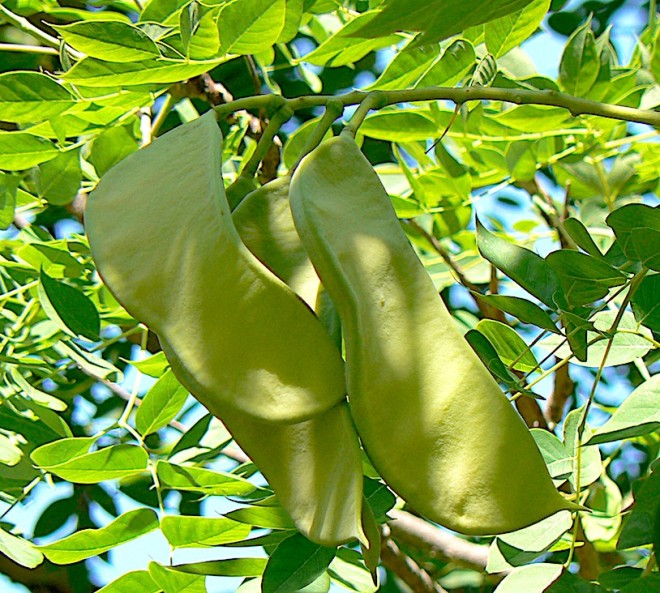
Functional Stomata in Non-photosynthetic, Non-ABA Accumulating leaves of a Gymnocladus Albino
by Braune W., Hartung W., Oelmüller R., Fischer W. (2000)
W. Braune, W. Hartung, R. Oelmüller, W. Fischer
W. Braune, Institut für Allgemeine Botanik, Friedrich-Schiller-Universität Jena, D-07743, Jena, Germany
W. Hartung, J. v. Sachs Institut für Biowissenschaften, Lehrstuhl Botanik I, Julius-Maximilians-Universität Würzburg, D-97082, Würzburg, Germany
in Journal of Plant Physiology 15(5-6): 695-703 – DOI10.1016/S0176-1617(00)80234-5 –
https://www.infona.pl/resource/bwmeta1.element.elsevier-5f38faaf-58e6-39b6-92a1-1819611e3fe2
Abstract
Investigation of the white-leaf form of Gymnocladus dioicus (L.) K. Koch growing permanently as a part of a wild type plant showed that lack of carotenoid biosynthesis causes the albinism. Under extremely low light conditions the growing leaf is able to synthesize chlorophyll. The defect has multiple consequences regarding structural, functional and biochemical leaf characteristics that have been investigated.
Plastid proteins as well as plastid and nuclear encoded mRNAs are affected to a different extent. Both leaf types exhibit a characteristic daily course of transpiration with the albino regularly exhibiting significantly higher transpiration rates.
One reason for this behaviour may be the different structure of the leaf epidermis, especially the formation of ‹giant› pores towering above the surface level on ‹chimney-like› structures in the albino.
In contrast to the green wild-type leaves, no accumulation of abscisic acid has been observed, either during leaf differentiation or as a consequence of wilting.